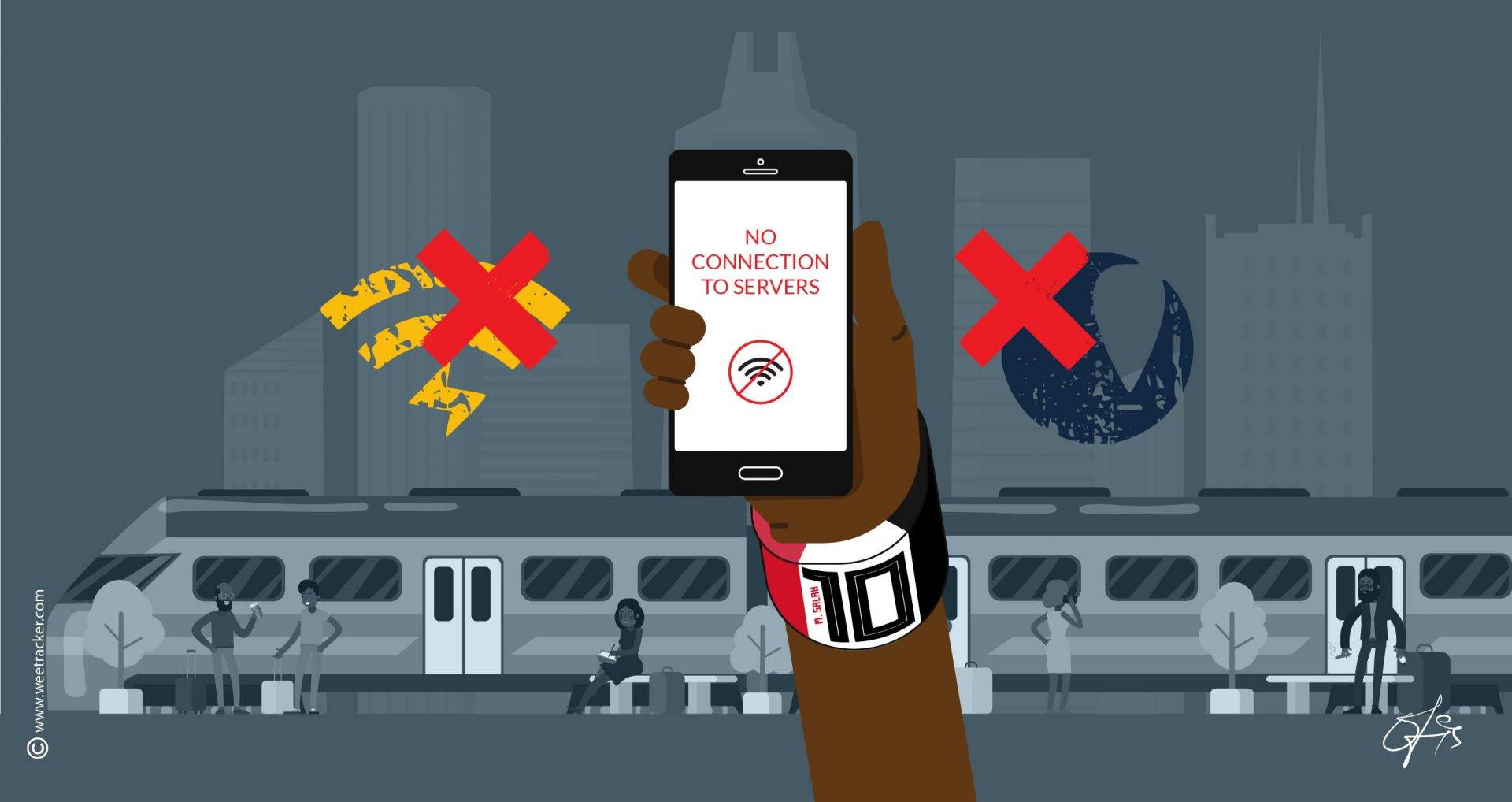Project Loon’s Beam Tech Propels Taara’s Progress In The Congos

Since 2018, Africa has been the ground zero for testing new internet-related solutions. In the effort to foster affordable internet connectivity in some parts of the world, American tech multinationals have been turning to the one place where the internet is not only least connected but also least affordable: Africa.
Among those internet initiatives are Google Station (courtesy of Google), Express Wi-Fi (from Facebook), and Loon (courtesy of Alphabet—Google’s parent company). While Google Station and Express Wi-Fi—both of which sought to provide cost-free internet in public places—wound down all too expectedly—Loon’s eventual shuttering was a necessary but unprecedented call. Loon—the balloon-based idea to float mini internet stations in space—made so much progress that despite being defunct, its tech is proving useful in providing internet access in the “last frontier markets”.
When Loon was deflated from space, Alphabet pointed to the fact that the business case for the project wasn’t foreseeable and that moving forward could have proven riskier than expected. But while the X factory was spreading the tarp over Project Loon, the team retained the innovation behind it: a high-speed wireless optical link technology. Much of this technology forms the basis for Project Taara, which is Alphabet’s last surviving moonshot plan in the internet category.
Unlike Loon which was piloted in Kenya and Google Station which was first rolled out in Nigeria, Project Taara is building from a meeting point between the Republic of Congo and the Democratic Republic of Congo. In these Central African countries, the project is trying to bridge the internet connectivity gap between Brazzaville—the capital of the former—and Kinshasa—the capital of the latter. Using the tech spun from Loon, the Taara project is broadcasting internet waves across the Congo River to establish a beam-based viaduct between two of Africa’s least connected countries.
Projects like Loon and Taara are born in Development X, the tech factory where Alphabet spends millions of dollars and employs hundreds of people to solve some of the world’s most pressing problems. Development X (or X) is—like Google—a subsidiary of Alphabet, and its works are quite ambitious. Loon’s puncture painted an all-costs-for-nothing picture but much of the project is the driving force behind what could be the last real attempt to sustainably affordable internet connectivity in Africa.
So, is Project Taara working? Per a recent blog post, Baris Erkmen, Taara’s Director of Engineering shared that the wireless optical communications link tech salvaged from Project Loon is, now with Taara, beaming light-speed connectivity across the surface of the Congo River.
The distance from Brazzaville to Kinshasa is just about 4.8 kilometers but thanks to how deep and vast the Congo River is, linking the two capital cities over the internet proved impossible. As a result, the concerned telcos have had to connect the metropolises Facebook-style: running cables that cover over 400 kilometers in order to bypass the aquatic barrier.
“I’m delighted to share that working with Liquid Intelligent Technologies, we recently helped bridge a particularly stubborn connectivity gap between Brazzaville in the Republic of the Congo and Kinshasa in the Democratic Republic of Congo,” Erkmen said in the post, apparently pointing to how Taara has helped bridge one of the most prevalent internet-related gaps in the Congos.
According to him, links were installed on both ends of the Congo River. Through the link, almost 700 terabytes of data was beamed across the river in 20 days, recording an availability close to 100pc. “Being able to deliver high-speed internet (up to 20Gbps) most of the time is a vastly better option than having millions of people miss out on the benefits of connectivity because the economics of laying hundreds of kilometers of cable in the ground simply don’t stack up,” he added.
Why is Project Taara’s progress important? It could feel unreal to imagine an internet-less existence, but, unfortunately, that is the reality for half of the planet’s entire population. What’s more, Africa is the region (or continent) with the lowest internet connection as just 22 percent of its population has access to the web, according to IFC data. Alphabet’s Taara definitely needs more work to provide affordable internet to more than 17 million people in just two Central African cities, but it doesn’t appear the project is going away anytime soon.
Recall that Loon wasn’t “widely unsuccessful” but rather “unsustainable”. At the time, it was about beaming data between airborne, balloon-carried, and solar-powered stations. But now, with Taara, it’s about beaming the same data between two points, however possibly under other different conditions. With Facebook’s pan-African undersea cable project closer to a rendezvous, it’s now only a matter of time before all of the next billion is finally connected.